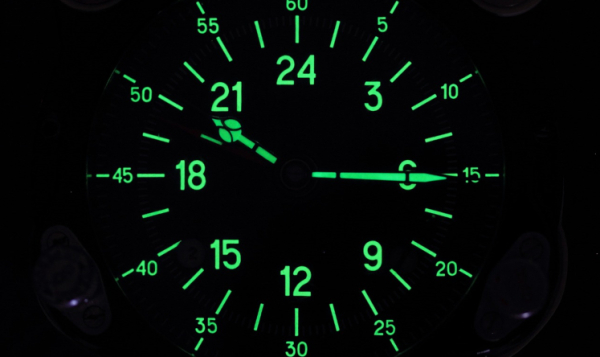Military Time Conversion: Navigating the 24-Hour Clock
Time is an important part of human civilisation, directing our daily routines and relationships. Various timekeeping systems have been developed throughout history, each customized to distinct cultural and socioeconomic needs. Military time, usually known as the 24-hour clock, is one such system. We will go into the world of military time conversion in this detailed guide, studying its origins, benefits, and how to navigate this timekeeping approach with ease.
Understanding Military Time: The 24-Hour Clock
Military time, as opposed to the more typical 12-hour clock used in everyday life, is a timekeeping system that uses a 24-hour clock. Each day is divided into 24 hours on the 24-hour clock, beginning at midnight (00:00) and ending at 23:59. The primary difference is the lack of "AM" (ante meridiem) and "PM" (post meridiem) markers, as military time is based on a continuous tally of hours throughout the day.
The Origin of Military Time
Military time has its origins in ancient civilizations, where timekeeping was critical for a variety of activities such as astronomical observations, agriculture, and military operations. The idea of dividing a day into 24 equal sections can be traced back to ancient Egyptian and Sumerian cultures. Sundials and other primitive timekeeping devices were used by these early societies to mark the passage of time.
The modern implementation of military time can be attributed to the early 20th-century military practices of the United States and other nations. To avoid confusion and standardize time across various regions, military organizations adopted the 24-hour clock system. This choice provided a more straightforward and precise way to communicate time, especially in global operations and coordination.
The Advantages of Military Time
Military time offers several advantages over the traditional 12-hour clock system. Let's explore some of these benefits:
1. Clarity and Precision
The 24-hour clock eliminates ambiguity when expressing time, as each hour has a unique designation. This clarity is particularly beneficial in critical situations, such as military operations, transportation schedules, and healthcare settings.
2. Global Standardization
Military time serves as a global standard for timekeeping, facilitating international communications and coordination. It eliminates the need to convert between different time formats when dealing with individuals or organizations in different time zones.
3. Simplified Time Calculations
Time calculations are more straightforward with the 24-hour clock, as there is no need to consider AM and PM distinctions. This simplicity is valuable in various professions, including aviation, logistics, and emergency services.
4. Reduced Risk of Errors
By removing the need to distinguish between AM and PM, military time reduces the risk of errors in scheduling, appointments, and other time-dependent activities. This can enhance efficiency and prevent misunderstandings.
Converting Military Time to Standard Time
Once you understand the principles involved, converting military time to standard time (12-hour clock) is a simple operation. Here is a step-by-step guide on navigating the conversion:
Step 1: Identify the Hour
Determine the hour value from the military time format. If the hour is between 00:00 and 12:00, it remains the same in the standard time format. For example, 07:00 in military time is equivalent to 7:00 AM in standard time.
Step 2: Adjust for PM Hours
If the hour is between 13:00 and 23:00 in military time, subtract 12 to obtain the corresponding hour in standard time. For instance, 19:00 in military time becomes 7:00 PM in standard time.
Step 3: Midnight and Noon Designations
For midnight (00:00) and noon (12:00) in military time, the conversion remains the same. Midnight (00:00) remains 12:00 AM, and noon (12:00) stays as 12:00 PM.
Converting Standard Time to Military Time
Converting standard time to military time is equally straightforward using a few simple guidelines:
Step 1: Morning Hours (AM)
For morning hours between 1:00 AM and 9:00 AM in standard time, simply add a leading zero to the hour to obtain the corresponding military time. For example, 7:30 AM becomes 07:30 in military time.
Step 2: Morning Hours (10:00 AM to 12:00 PM)
The conversion in military time remains the same for the morning hours between 10:00 AM and 12:00 PM. In military time, 10:30 AM becomes 10:30, while 12:00 PM remains 12:00.
Step 3: Afternoon and Evening Hours (PM)
For afternoon and evening hours in standard time (1:00 PM to 11:00 PM), add 12 to the hour to obtain the corresponding military time. For instance, 3:45 PM becomes 15:45 in military time.
Embracing Military Time: A Universal Language of Timekeeping
While military time may initially seem unfamiliar, its advantages and global standardization make it a valuable timekeeping system. Its precision, clarity, and simplified calculations enhance various fields, from aviation and healthcare to logistics and international communications. By mastering the art of military time conversion, we gain a new perspective on time, navigating the 24-hour clock with ease and appreciation for its role in harmonizing our modern world.





